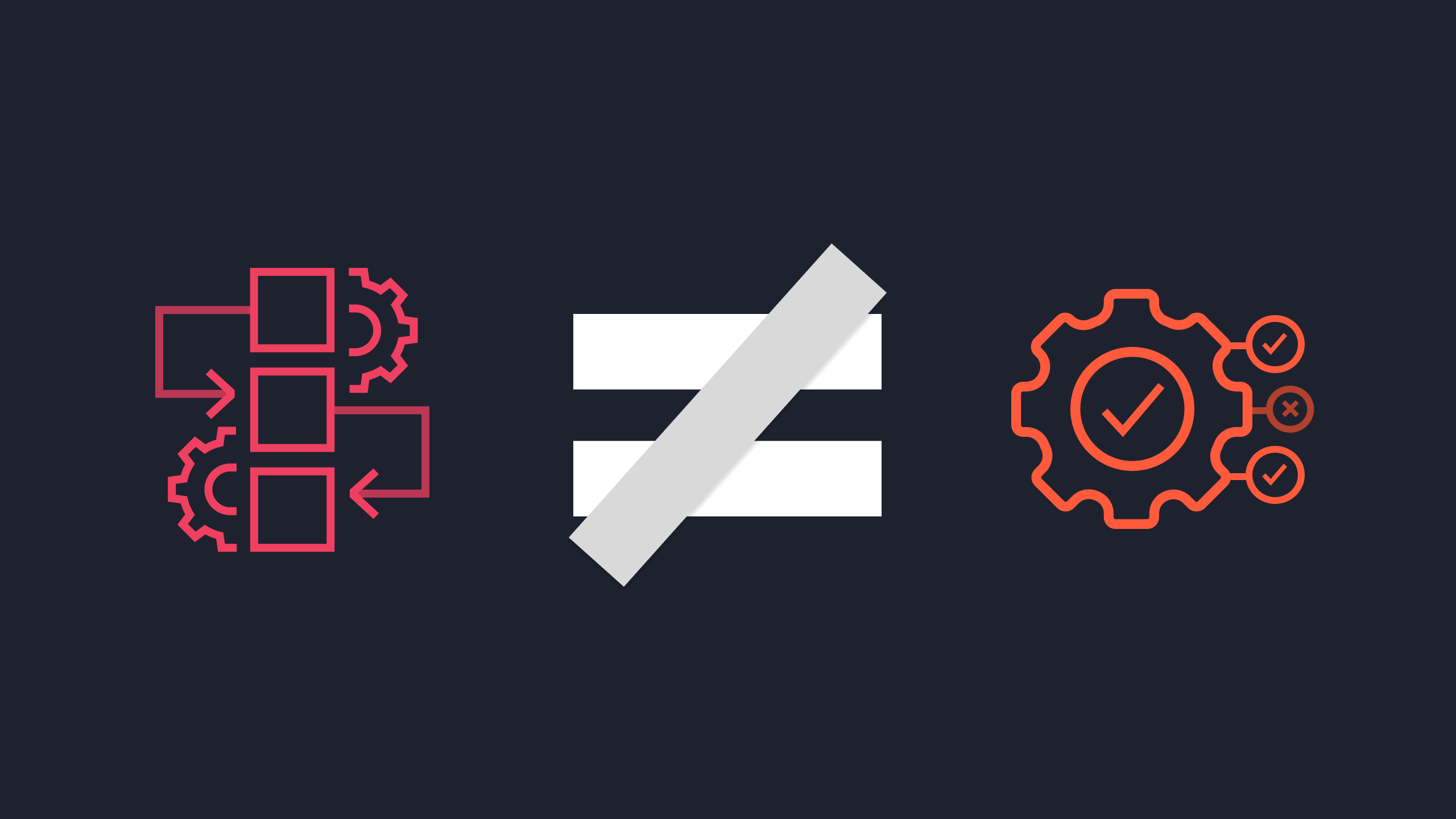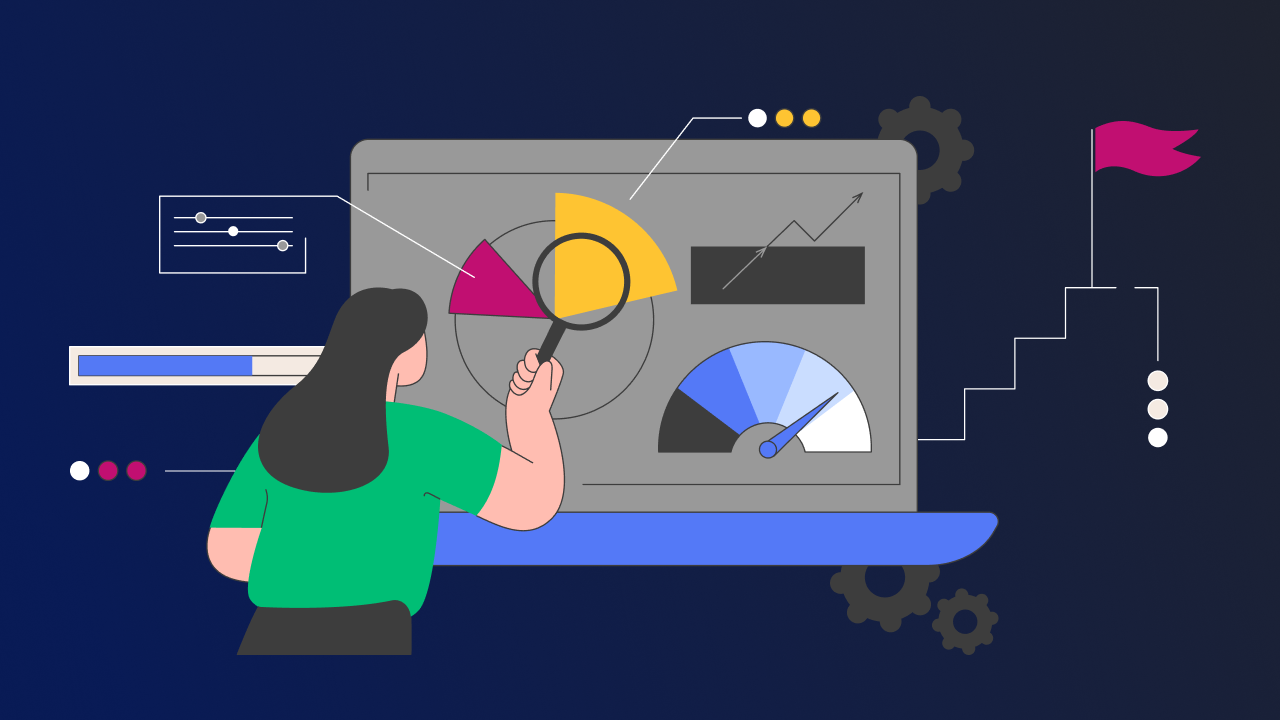Kiandra Insights
Workflow engine versus business rules engine

Workflow engine and business rules engine are often lumped in together to mean the same thing. They are not the same thing.
It’s important to know the differences between to ensure you get the right software solution.
Workflow engine
A workflow engine is software that enables you to automate a series of tasks that make up a workflow. It manages and monitors activities in a workflow and determines which task to transition to based on predefined processes.
An example of this is if you need to fill out a form and seek manager approval. The manager would review the form and either send it back with any corrections or enter it into some Excel document.
A workflow engine could automate each of these steps. So you simply fill out the form, and the software automatically routes it to the right manager who can enter and approve the form in the same database.
Time saved, efficiency level unlocked.
Business rules engine
A rules engine is a flexible piece of software that manages business rules. Think of business rules as “if-then” statements – “If A, then B, if X, then do Y.”
Rules set the parameters for how tasks are executed and how organisational functions are run. They are easy to read and code by non-technical people like a business analyst.
They can improve compliance by making processes transparent and creating audit trails.
Rules engines enable your teams to be more efficient by:
- reducing manual interventions
- improving information consistency
- providing clear visibility.
Understanding the Difference between a Workflow Engine and a Business Rules Engine
As businesses continue to grow, there is an ever-increasing need for efficient and automated workflows. Companies are incorporating various technologies to automate their workflows and improve operational efficiency. Two technologies that are gaining traction in the business process automation domain are Workflow Engines and Business Rules Engines. Many people confuse the two technologies, but they have significant differences. In this blog post, we discuss the differences between a Workflow Engine and a Business Rules Engine, their benefits, and how to choose the right technology for your business.
On a fundamental level, Workflow Engines and Business Rules Engines are both used to support automation of business processes, but how they operate is different. A Workflow Engine is responsible for executing workflows and managing the flow of data through them. It observes the progress of workflows, manages timeouts, and makes sure there are no errors that halt the flow of processes. On the other hand, a Business Rules Engine is responsible for specifying how work is done. It enables non-technical users to set up rules that govern business processes, conditions, and limitations. In essence, a Business Rules Engine determines what should be done, and a Workflow Engine determines how it should be done.
A Workflow Engine is ideal for situations where there is a predefined process, while a Business Rules Engine is best suited for complex situations where decision-making is required. With a Workflow Engine, the process steps are hardcoded into the system, while with a Business Rules Engine, there is more flexibility in changing the process since process rules are configured logically. You can use a Workflow Engine to define the order in which tasks should be carried out, and a Business Rules Engine to dictate under what circumstances each task should be carried out.
One of the benefits of using a Workflow Engine is that it is easy to automate complex procedures, track progress, and reduce errors. A Workflow Engine can quickly adapt to changes as it has predefined flows that ensure each step is executed as expected. Workflow Engines also provide visibility into process status and bottlenecks, allowing you to optimize processes continuously. On the other hand, a Business Rules Engine enables non-technical users to manage processes, which frees up the IT department’s time, allowing them to work on more complicated tasks.
When choosing between a Workflow Engine and a Business Rules Engine, consider the type of business process you want to automate. If the process has a set workflow, with little room for exceptions, use a Workflow Engine. If the process requires more flexibility in processing data, and you need to modify the process on the fly, use a Business Rules Engine. You can also use both engines to enhance your process automation since they are compatible with each other.
As businesses embrace automation, Workflow Engines and Business Rules Engines have become increasingly essential tools in achieving business process efficiency. A Workflow Engine is the ideal choice when you have a defined process that rarely changes, while a Business Rules Engine offers more flexibility for complex processes that need decision-making. When determining which technology to choose, consider your automation needs and the type of business process you want to support. And don’t forget that using a combination of Workflow Engine and Business Rules Engine can enhance your business process automation capabilities.
We can simplify, document, build and monitor your processes in a fully visual and easy-to-change environment. Contact us today.
More insights

Performance testing is a commitment to excellence
At Kiandra, we recognise and acknowledge the pivotal role of performance testing in achieving this fine balance. In this blog, we will unravel what performance testing truly means at Kiandra and why it's a cornerstone of our development philosophy.

Kiandra becomes first Premier OutSystems partner in the ANZ region
Kiandra are proud to announce that it has attained the status of Premier OutSystems Partner – the most important partnership status from the world’s leading enterprise low-code platform.

OutSystems Top Partner ANZ for 2022
Kiandra has received the OutSystems Partner of the Year Award for the entire Australia New Zealand region. The custom software solutions provider was recognised at the ‘Top Partner of Australia and New Zealand’.
Let’s discuss your next project
Whether you’re curious about custom software or have a specific problem to solve – we’re here to answer your questions. Fill in the following form, and we’ll be in touch soon.





.svg)


.svg)

